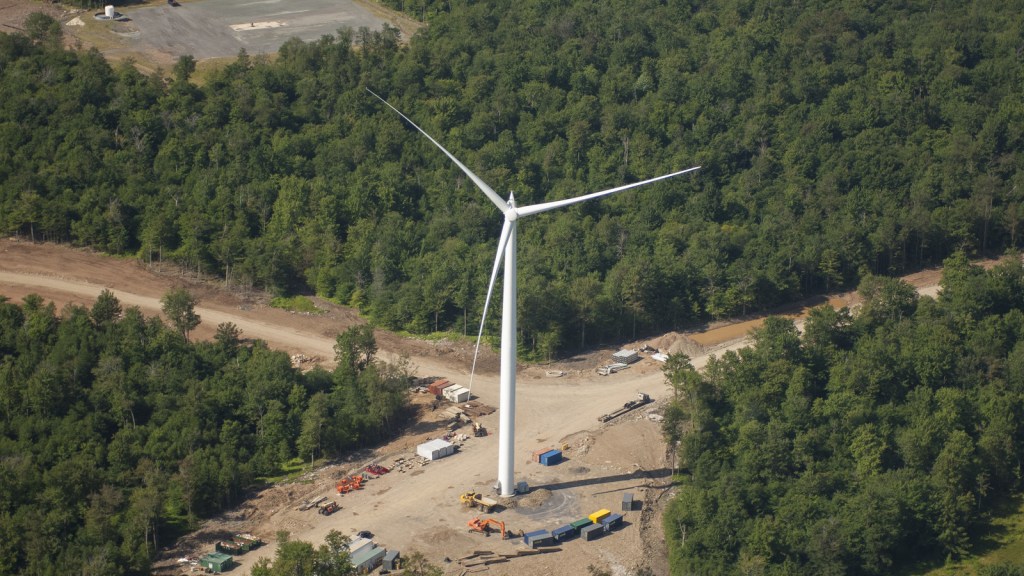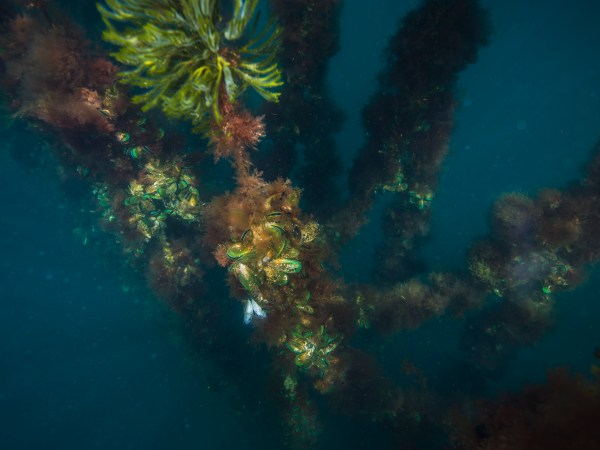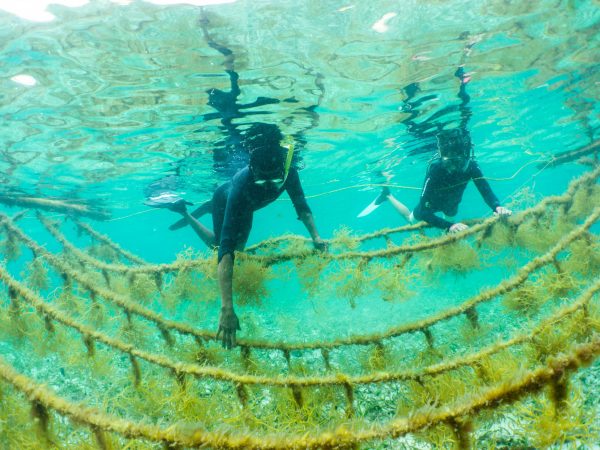Access to cheap energy has become essential to modern economies. How future energy demand is met will have consequences for both people and nature.
Throughout the world countries are determining how they will meet current and future energy demand and are increasingly developing alternative sources of energy. The United States is pushing to develop its own domestic energy resources in order to prevent potential disruption of energy supplies in the future.
But estimates suggest meeting these energy development needs will require that we convert land from current uses. With more than 200,000 km2 of new land projected to be developed by 2035, expanding domestic energy sources in the United States will require us to address the challenges this new energy sprawl will create.
Conservancy Scientist Jeffrey Evans and I authored a new manuscript, just published in the journal PLOS ONE, focusing on the importance of assessing cumulative environmental impacts over expansive landscapes. We considered the footprints of potential shale gas and wind development across the Marcellus shale play, a mammoth gas field that underlies portions of six Central Appalachian states (New York, Pennsylvania, Ohio, Maryland, Virginia and West Virginia).
Our study predicts the potential for the development of up to 106,004 new gas wells and 10,798 new wind turbines, affecting roughly 1,224,053 acres of forest land and resulting in up to 1,490,732 acres of impervious surfaces due to development of roads, well pads and pipelines (materials such as concrete or soils compacted by development are highly impervious). As it turns out, this is enough impervious surface to cover an area larger than the state of Delaware.
Over time, it’s those cumulative impacts that pose the greatest challenge for both the environment and energy expansion. But taking a comprehensive look at the big picture – years in advance of energy development – could identify and help avoid conflicts that pit development needs against the value of other natural resources.
Despite the potential for significant cumulative impacts, there are no industry standards or best practices to account for cumulative risk, and no safeguards in place to assess or even consider these potential impacts in the decisions made about development siting.
Many negative environmental impacts can be avoided through proactive land use planning and proper siting of new energy development—an approach The Nature Conservancy helps advance through its science-based Development by Design methodology.
Promoting the use of scenario modeling, like the approach outlined in our publication, can allow regulators to examine the potential consequences of development objectives quickly and inexpensively. We encourage regulators to learn about the promise of scenario-based analysis and implement these methods so that environmental licensing can become more effective in fostering sustainable development.
We can steer development to strike a better balance between economic growth and high-value natural systems. For example, assessing cumulative impacts can help identify ways to direct energy development to already-degraded land and avoid development in more valuable or sensitive areas.
We have an opportunity to help inform the work of policymakers and corporate decision makers, arming them with better tools to analyze and forecast where and how development should take place.
Energy security doesn’t have to risk the security of the lands and waters on which we all depend.




That photo of a single wind turbine and the clear-cutting required for its “sustainable” presence says volumes about what’s really going on.
Glad to see other articles on this blog addressing energy sprawl, much of it from “clean” sources like Big Wind.
There is no consideration of escaping CH4 losses, water contamination, or the need to turn back the clock on CO2. Perhaps because of the very justifiable need for economic growth.
But we must not twist reality to fit our convenience. If we look at the problems head on, as well as our objectives we can solve the problems we have created.
My work of 40 years, found at Pluvinergy.com, is such an honest solution to give us a verdant world, while advancing economic growth so we can improve the planet. This is possible far beyond what people now consider. It all rests on honest perspectives.
Are scientists too conventional? Can they look objectively at problems and solutions? These are valid questions as evident by this overly kind perspective of fracking.